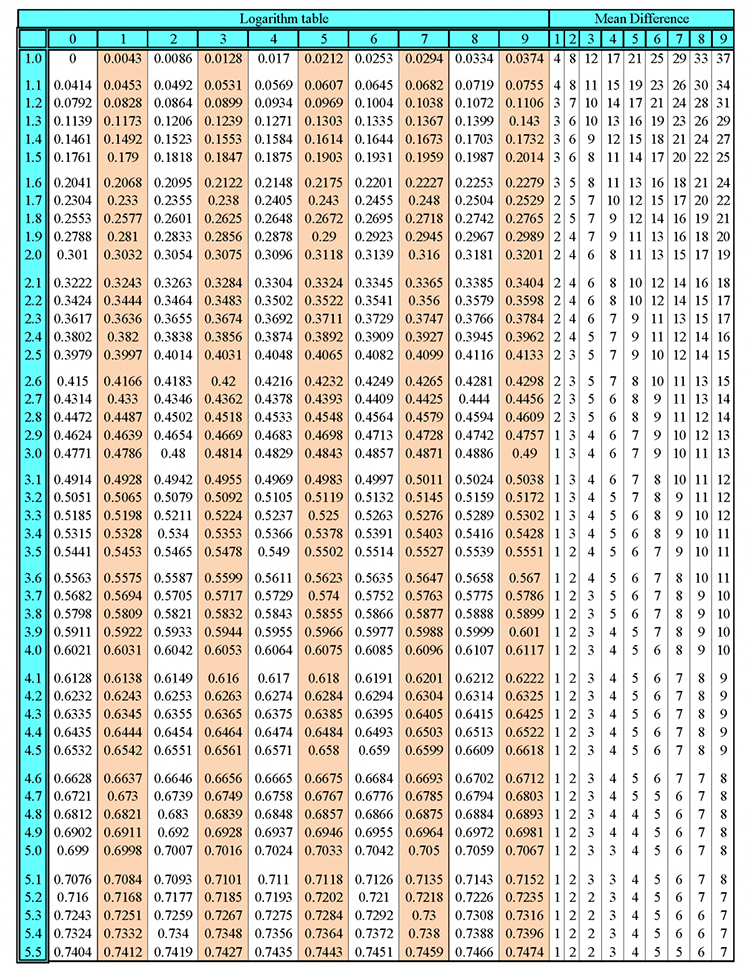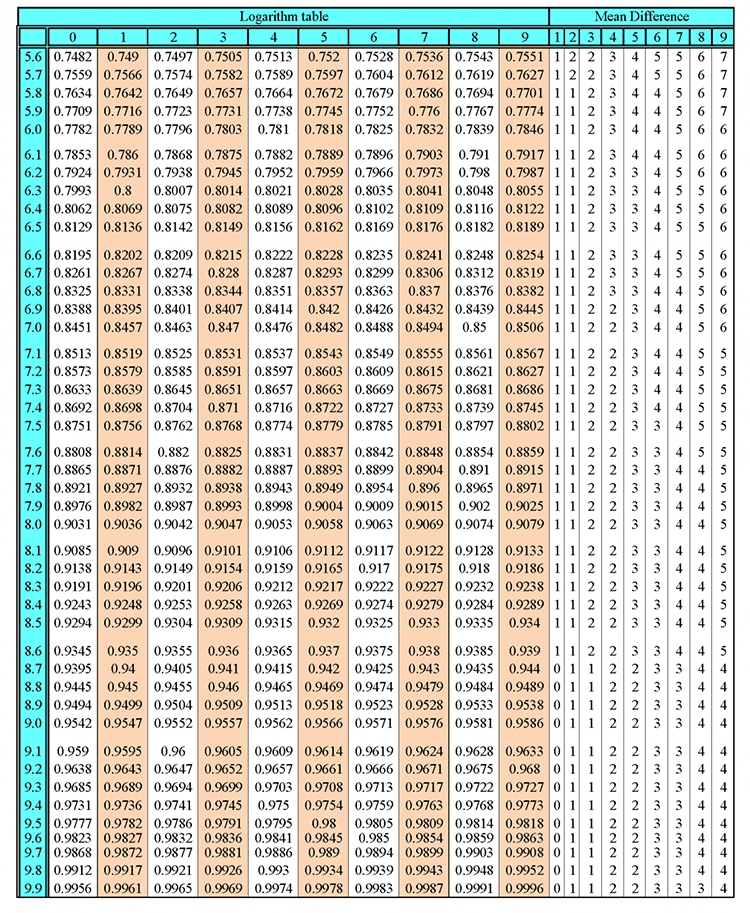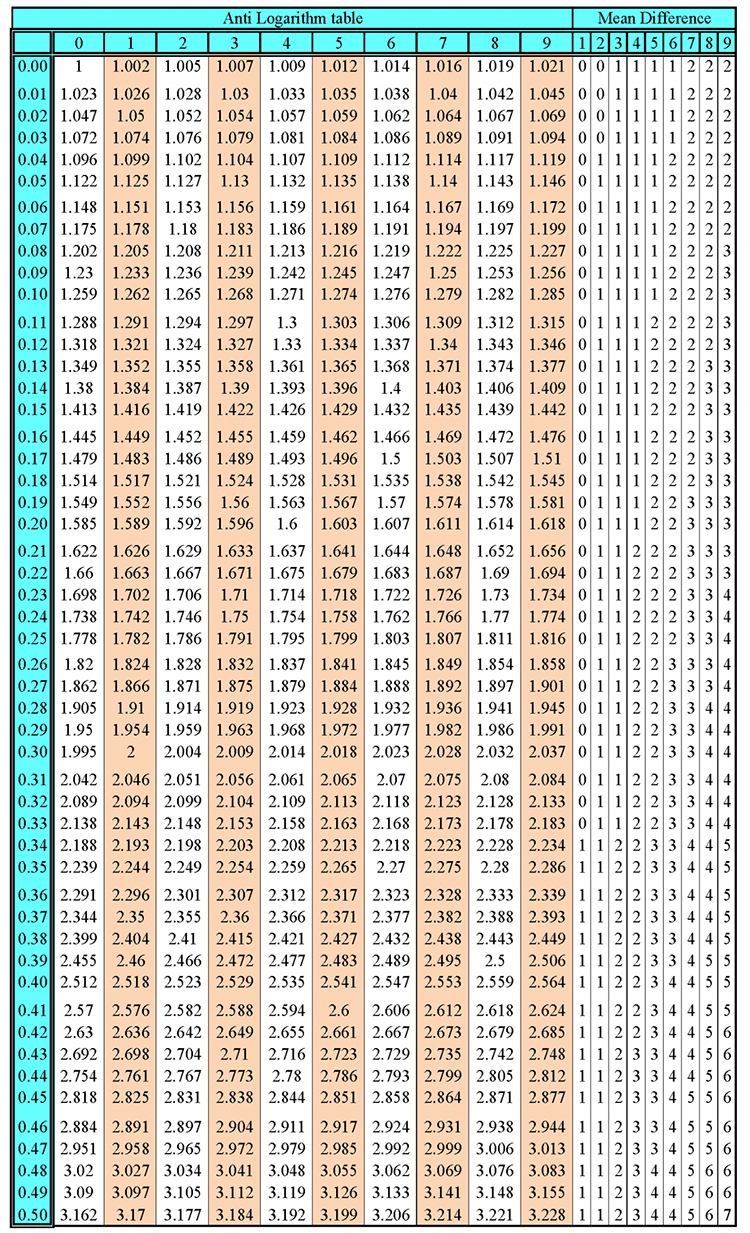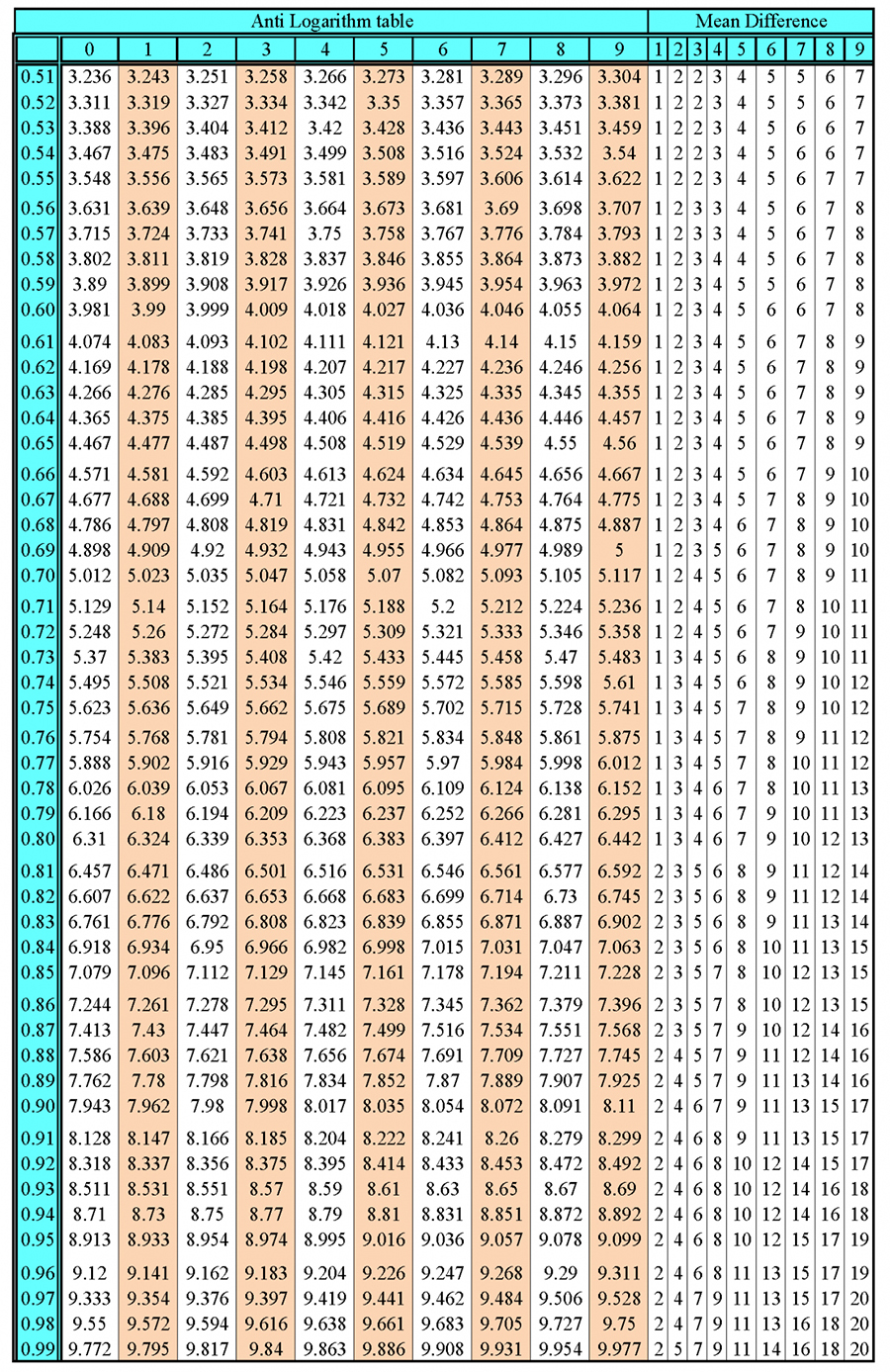Boyle's law in use
We know that in Boyle's law
`P_1\ \ V_1=P_2\ \ V_2`
NOTE:
Temperature remains constant
Also when you sit on an exercise ball it will get smaller
 (2).jpg)
This is Boyles law.
`P_1` and `V_1` refer to the pressure and volume before you sit on the exercise ball and `P_2` and `V_2` refer to the pressure and volume after you sit on the exercise ball.
Reducing the volume of a gas increases the pressure of the gas.
.jpg)
Push the gas into a smaller volume and the gas particles will collide more frequently with the walls. They will exert more pressure.
NOTE 1:
The standard unit used to measure pressure is `Pa` (Pascals)
The standard unit used to measure volume is `m^3` (metre cubed)
NOTE 2:
You can use other units for volume and pressure such as `ml`, pounds per square inch, `mm` of mercury (`mm\ \Hg`) or atm (atmospheres) as long as you use the same units either side of the equation.
Examples
1. A sample of gas is at atmospheric pressure `(100,000 Pa)` and has volume `50cm^3`
Determine the new pressure if the volume is decreased to `35cm^3`
A sample of gas is at atmospheric pressure `(100,000 Pa)` and has volume `50cm^3`
Determine the new pressure if the volume is decreased to `35cm^3`
`PV=`constant
`P_1V_1=P_2V_2`
Therefore `100,000xx50=P_2xx35`
`5,000,000=P_2xx35`
Therefore `P_2=(5,000,000)/35`
`P_2=142,857\ \Pa`
2. A sample of gas has a volume of `12.0\ \l` at a pressure of `1.00 atm`. If the pressure of gas is increased to `1000\ \mm\ \ Hg`, what is the new volume of the gas?
`P_1V_1=P_2V_2`
But we must first get the two pressures in the same units of measurement
`1\ \atm=760\ \mm\ \Hg`
Therefore:
`P_1=760`
`V_1=12`
`P_2=1000`
`V_2=?`
`760xx12=1000V_2`
`9120=1000V_2`
`9120/1000=V_2`
`V_2=9.12l`
3. A carbon dioxide gas cylinder contains `180cm^3` of gas at a pressure of `6.3xx10^6 Pa`. Calculate the volume of the gas at atmospheric pressure, `1.0xx10^5 Pa`
`P_1V_1=P_2V_2`
`6.3xx10^6xx180=1.0xx10^5xxV_2`
`V_2=(6.3xx10^6xx180)/(1.0xx10^5)`
Therefore `V_2=11340\ \cm^3`




